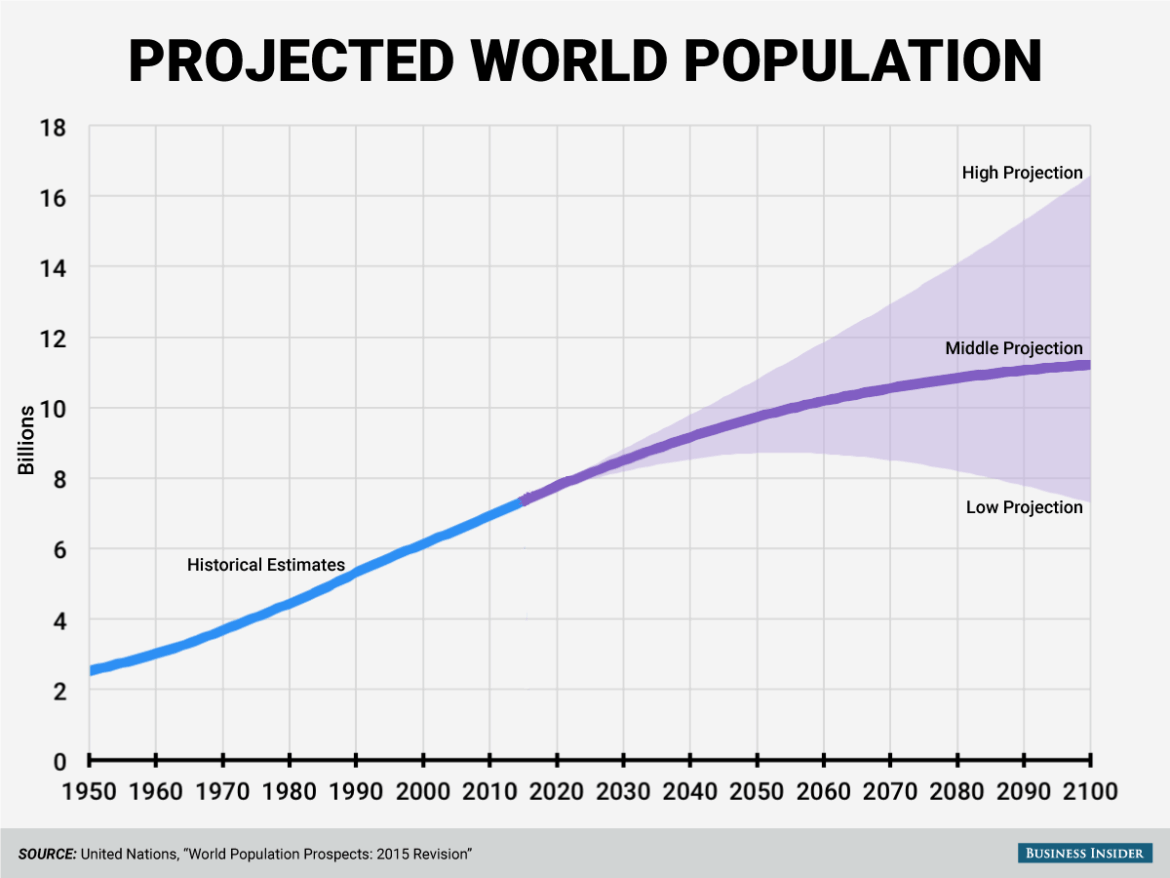The Christian population of the world stands as a remarkable illustration of faith’s ability to transcend cultural boundaries, geographical constraints, and historical upheavals. As we delve into the statistics, trends, and projections regarding this sizable demographic, we must ponder: what does it mean for the future of Christianity, especially as secularism and pluralism gain momentum in various corners of the globe? Challenges await, and reflections upon these may illuminate paths not previously considered.
Beginning with the present, the global Christian population is estimated to exceed 2.4 billion adherents, accounting for nearly one-third of the world’s populace. This staggering figure reflects a diverse tapestry of beliefs and practices that encompass various denominations, including but not limited to Catholicism, Protestantism, Eastern Orthodoxy, and other branches of Christianity. Despite our common faith in Christ, the expression of this belief ranges from the ritualistic to the deeply personal, each thread contributing to the vibrant fabric of global Christianity.
Demographically, this population is not static, and certainly, it fluctuates with the ebb and flow of migration patterns, birth rates among communities, and conversion trends. The most significant growth rates are observed in regions such as Africa and Asia, where Christianity is often interwoven with traditional beliefs and local customs. The complexities of these intersections can create both opportunities and challenges for the faith. While the numbers grow, the essence of Christian practice adapts uniquely to local contexts—cultural integration can lead to varied expressions that may sometimes stray from orthodox teachings.
In sharp contrast, the landscape in Europe and North America depicts a dwindling number of adherents. One might ask: is this decline indicative of a fractured faith, or is it merely a transformation into a different spiritual identity? While some sectors of the populace may identify with secular ideologies or alternative spiritual practices, the resurrection of interest in spirituality, albeit detached from organized religion, poses a fascinating challenge for established Christian communities. The dilemma becomes not solely how to retain numbers but rather how to engage hearts in a meaningful dialogue about faith.
As we explore projections for the future, emphasis is placed on implications that arise from the current trends. It is anticipated that by the year 2050, the global Christian population could rise to approximately 3 billion. This surge is especially pronounced in regions already experiencing rapid growth. However, this projection raises pertinent questions: What measures are being taken to disciple and mentor new believers? How will existing churches adapt to accommodate this influx while maintaining doctrinal integrity? If Christianity continues to flourish in these areas, will Western churches learn from their zeal, or will they further isolate themselves within their cultural enclaves?
Interestingly, while numbers provide a quantifiable measure of growth, they do little to capture the qualitative aspects of faith. The genuine experience of being a Christian is often obscured by statistics. Thus, while the sheer number of believers may swell, the depth of faith among individuals can fluctuate significantly. Herein lies the critical challenge for churches worldwide: transforming engagement into a sincere pursuit of discipleship. Leaders must endeavor to provide an environment ripe for spiritual nourishment, forging connections that go beyond mere attendance or superficial relationships.
The role of technology cannot be understated in this evolving milieu. Modern communication methods have reframed the dynamics of how Christians interact, worship, and spread their message. Social media, online churches, and digital resources have democratized access to theological education and fellowship. With a few clicks, individuals can connect with global Christian movements, exchange ideas, and inspire collective action across borders. Nevertheless, reliance upon technology invites a question often overlooked: Does this digital communion foster authentic connections, or does it inadvertently exacerbate feelings of isolation? The juxtaposition of virtual fellowship with traditional gatherings challenges faith leaders to seek a balanced approach that honors both realms.
Moreover, the influx of immigrants from various cultures into predominantly Christian nations further complicates the narrative. As new beliefs and practices intermingle with established faith communities, churches are confronted with the rich tapestry of interfaith dialogue. This multicultural infusion presents a poignant question: How can local congregations embrace diversity while preserving their core Christian beliefs? Ultimately, this cross-cultural exchange could yield greater understanding and cooperation, yielding a more robust expression of Christianity rooted in love and acceptance.
In conclusion, the current trends and future projections of the Christian population reveal a landscape teeming with opportunity, yet rife with challenges. As believers, we are tasked with not only nurturing our faith but also engaging with the world around us—a world that is dynamically shifting toward greater diversity and complexity. Historical patterns tell us that Christianity thrives amidst challenges; the question remains: will today’s Christians rise to the occasion and foster a faith that is as inclusive as it is transformative? This call to action is imbued with hope, urging all Christ followers to be agents of change in a world yearning for spiritual awakening.



